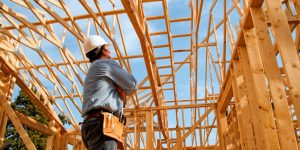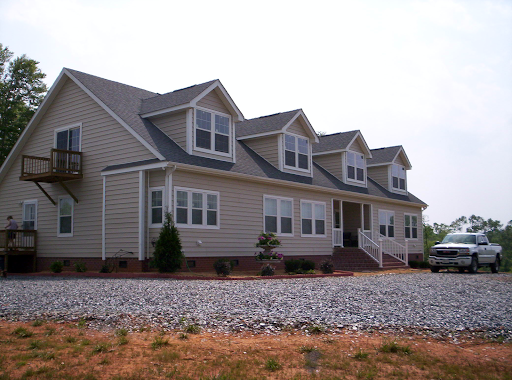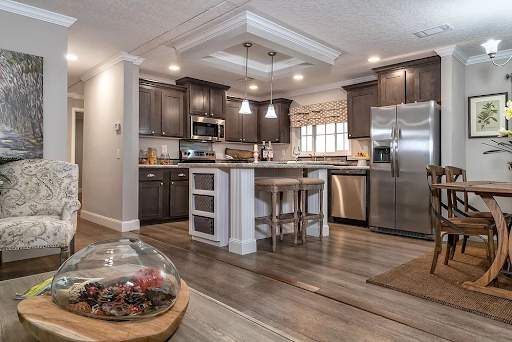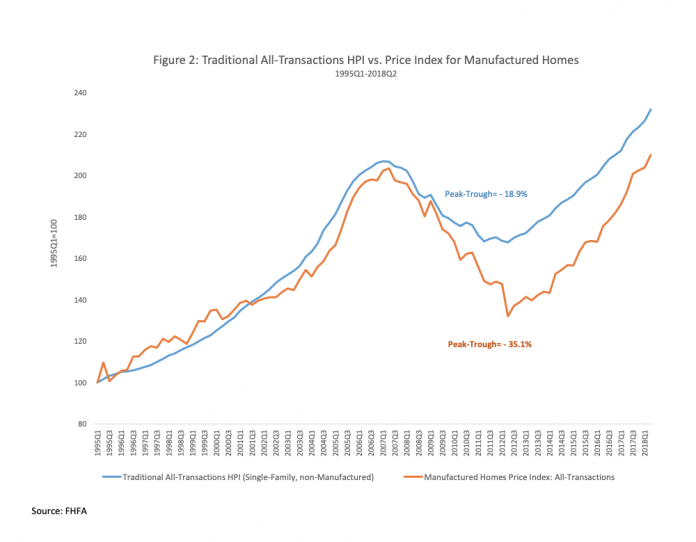All homes in the US are built to a residential building code of some sort. A building code is a set of standards that must be met by the builder in order for the home to qualify for a ‘CO’ (‘Certificate of Occupancy’) when completed. A CO is issued by the local building department and verifies that the home has met the standards of the code that it was built under and is therefore safe and suitable for human occupancy.
In addition, lenders require that a home is built and certified under an official building code before they will loan money for a home purchase.
The code that a ‘site-built’ home (also sometimes called ‘stick-built’ home) is built to is the one adopted by the State where the home is located. All site built and modular homes must meet the state and local building codes in effect where the home will be located. Presently that is some version of the base model International Residential Code (IRC) for new home construction requirements, whether built on site or built to the same IRC code in a factory as a ‘Modular’ home that is to be transported in sections and assembled on site.
However in the US (unlike other countries) States will adopt their own version of the IRC that homes are built under - resulting in many, many versions of the building code. There are sometimes even differences within the same County in some States!
SO for example, one township within a county may require a 3 ft x 3 ft landing at every door before any step and another may require a 3 ft 6 inch x 3 ft 6 inch landing. OR one may want a maximum rise of 8 inches on any step or some may want no more than a 7 ¾ inch rise. Or one light in a hall, or two…. And so on….
In all cases the codes aim for one goal - a building safe for human habitation. Since all building codes meet the basic rules of safety, the real differences between codes is minimal and somewhat arbitrary, and often end up being as trivial as one inspectors’ opinion over another.
The problem comes when a regional builder tries to build a home to meet the codes of several different States, as does a Modular builder who ships to multiple states. In order to comply with the different variations of the codes, they have to build a (slightly) different home for every State that they ship to. Many states even require a lengthy and expensive pre-approval process for any factory built Modular home prior to commencing construction. This complexity adds a huge cost burden to the builders, and explains why there are no national modular home builders in the USA. This has directly contributed to the housing crisis in this nation. It would just be too difficult for one factory to build to every state code.
A Manufactured home, (often called a ‘Mobile home’ - which is technically incorrect but still common usage) on the other hand, is built to the federal Housing and Urban Development (HUD) Code that was first drafted in 1976 and revised many times since then. Today’s version of the HUD code is almost exactly like the IRC in many areas….. for example, the HUD code includes all of the exact same fire safety standards in the NEC (National Electric Code) as the IRC code.
Most importantly the HUD code is a national code, and was implemented to address regional differences in the building codes across the country that made building to local standards so expensive, hence addressing the housing shortage by ensuring safe, affordable housing anywhere in the country.
Therefore the HUD code is supposed to be a ‘pre-emptive’ code. HUD built Manufactured homes are supposed to be accepted in all locations where ‘Site-built’ or Modular homes are allowed. However, states and localities have used zoning boards across the country to illegally ‘zone out’ Manufactured homes from many potential building sites, except in very rural areas.
The federal government under current HUD sectretary Ben Carson is presently trying to correct this unfair discrimination against Manfuactured homes. They are seeking to overturn the past excesses of local zoning boards in order to ensure a healthy supply of building sites that allow Manufactured homes.
As it is, HUD builders have consistently improved the quality of their product, and many of today’s Manufactured homes are actually built to a higher standard than site-built homes. They are are almost indistinguishable from their Modular or site built counterparts, both structurally and in the quality of the finish work, often including 5 or 7/12 pitched roofs, drywall interiors, high ceilings, tile showers, granite countertops and so on.
However until this regulatory discrimination against HUD housing is corrected, it is important that you carefully review the zoning of your building site to ensure that you will be able to obtain a permit to install your new Manufactured home. Our staff at Home Nation is ready to assist you if you need us to call your local building department to verify the zoning of your building site.










